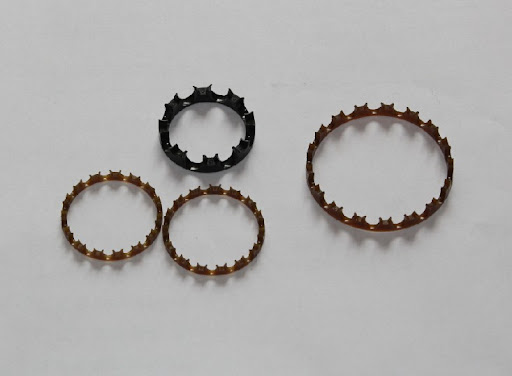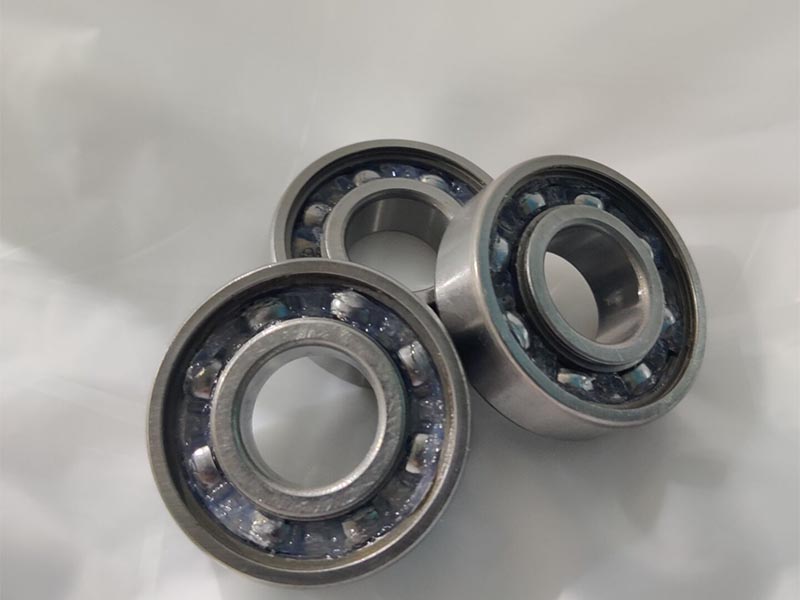Newsroom
Are the disassembled bearings still usable?
2022-12-25Regardless of the type of equipment, regular maintenance and inspections should be carried out on it. Many people may wonder whether the disassembled bearings can still be used.
When conducting regular maintenance, operational inspections of the equipment and replacing peripheral parts, in order to judge whether the disassembled bearings can be reused, the appearance of the bearings must be carefully investigated and recorded. In order to ascertain and investigate the remaining amount of the lubricant, after taking samples, the bearings should be thoroughly cleaned.
Check the conditions of the raceway surfaces, rolling surfaces and mating surfaces, as well as the wear state of the cage, etc., to see if there are any damages and abnormal situations. Furthermore, after considering factors such as the degree of bearing damage, machine performance, importance, operating conditions, and inspection cycles, a decision should be made on whether the bearings can be reused or need to be replaced. If damages and abnormal situations are found in the bearings, the causes should be identified and countermeasures should be formulated. If there are the following types of defects, the bearings can no longer be used and need to be replaced with new ones. 
1) If there are cracks or fragments in any of the inner ring, outer ring, rolling elements, or cage.
2) If there is peeling in any of the inner ring, outer ring, or rolling elements.
3) If there are significant scratches on the raceway surface, rib, or rolling elements.
4) If the cage is severely worn or the rivets are extremely loose.
5) If the raceway surface and rolling elements are rusty or scarred.
6) If there are significant indentations and marks on the rolling surface and rolling elements.
7) If there is creep on the inner diameter surface of the inner ring or the outer diameter of the outer ring.
8) If there is severe discoloration due to overheating.
9) If the sealing rings and dust covers of grease-sealed bearings are severely damaged. 
The inspection items during operation include the rolling sound, vibration, temperature, and lubrication status of the bearings. The specific situations are as follows:
I. Rolling Sound of Bearings
The sound level and tone quality of the rolling sound of the bearings during operation are inspected using a sound level meter. Even if the bearings have slight damages such as peeling, they will emit abnormal and irregular sounds, which can be distinguished by the sound level meter.
II. Vibration of Bearings
The vibration of bearings is very sensitive to bearing damages. For example, peeling, indentations, rust, cracks, and wear will all be reflected in the measurement of bearing vibration. Therefore, by using a special bearing vibration measuring instrument (such as a frequency analyzer), the magnitude of vibration can be measured, and the specific situation of the abnormality can be inferred from the frequency. The measured values vary depending on the operating conditions of the bearings or the installation position of the sensors. Therefore, it is necessary to analyze and compare the measured values of each machine in advance to determine the judgment criteria.
III. Temperature of Bearings
Usually, the temperature of the bearings rises slowly with the start of operation and reaches a stable state after 1 - 2 hours. The normal temperature of the bearings varies depending on the heat capacity, heat dissipation, rotational speed, and load of the machine. If the lubrication and installation are not proper, the temperature of the bearings will rise sharply, resulting in an abnormal high temperature. At this time, the operation must be stopped and necessary preventive measures must be taken. Using a thermal sensor can monitor the working temperature of the bearings at any time and realize automatic alarm or stop when the temperature exceeds the specified value to prevent bearing burnout accidents. 
Modern mechanical equipment is almost all equipment that requires a large amount of capital. The purchase, maintenance, and use costs of the equipment are very expensive. There is an urgent need to improve the economic benefits of equipment management. It is necessary to reduce the tangible wear of the equipment and reduce the maintenance costs and other abnormal expenses within the life cycle of the equipment through daily maintenance and care of the equipment.
By following these steps, you can effectively find and use interchangeable bearings for your applications. If you have a specific bearing in mind that you need to interchange, let me know, and I can help further!


